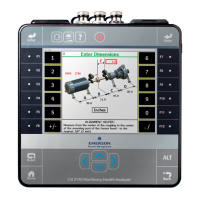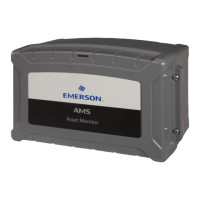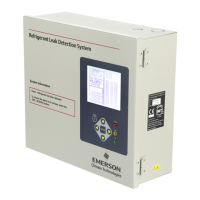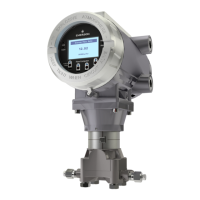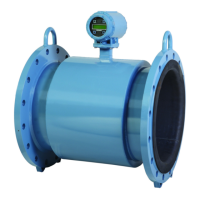8 Advanced Transient
Topics covered in this chapter:
• Advanced Transient overview
• Manage jobs
• Sensors and inputs
• Tachometers
• Select a section of the full transient waveform
• Set the number and type of plots to display in Advanced Transient
• Set data collection parameters
• Collect transient data
• Plot data in Advanced Transient
8.1 Advanced Transient overview
The Advanced Transient program lets you collect large, unbroken time waveforms from up
to four inputs. The data is similar to a digital recorder. After you collect the data, display a
spectra or detailed waveform from any point. A stored time waveform can generate a
spectrum from any section of the waveform. If you use two or more inputs to collect data,
the analyzer lets you generate an orbit plot from the waveform. You can also upload the
data to AMS Machinery Manager to create waterfall or orbit plots.
Although the input signal can be from any compatible dynamic sensor, vibration is most
commonly measured.
To use the Advanced Transient program:
1.
Create a job or activate a saved job. You must use a job to save your data.
2. Set the sensors, data display settings, and data collection parameters.
3. Collect waveform data from the equipment when an event is likely to occur, such as
during one complete cycle of the equipment, a process change on a compressor, or
a coast down of a rotor.
4. Plot the data and examine the data for changes in pattern, frequency, or amplitude.
5. Optional: Transfer the job to AMS Machinery Manager for further analysis and
plotting capability.
8.1.1 When to collect transient data
Transient analysis is typically used to investigate the behavior of equipment under varying
(transient) conditions, such as during speed or load changes, one complete cycle of the
equipment, a process change on a compressor, or the coast down of a rotor. Transient
analysis is a useful tool when troubleshooting repetitive operations, such as boring or
grinding.
Advanced Transient
MHM-97432 Rev 7 257
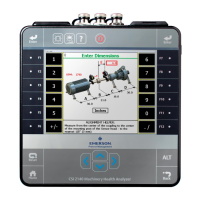
